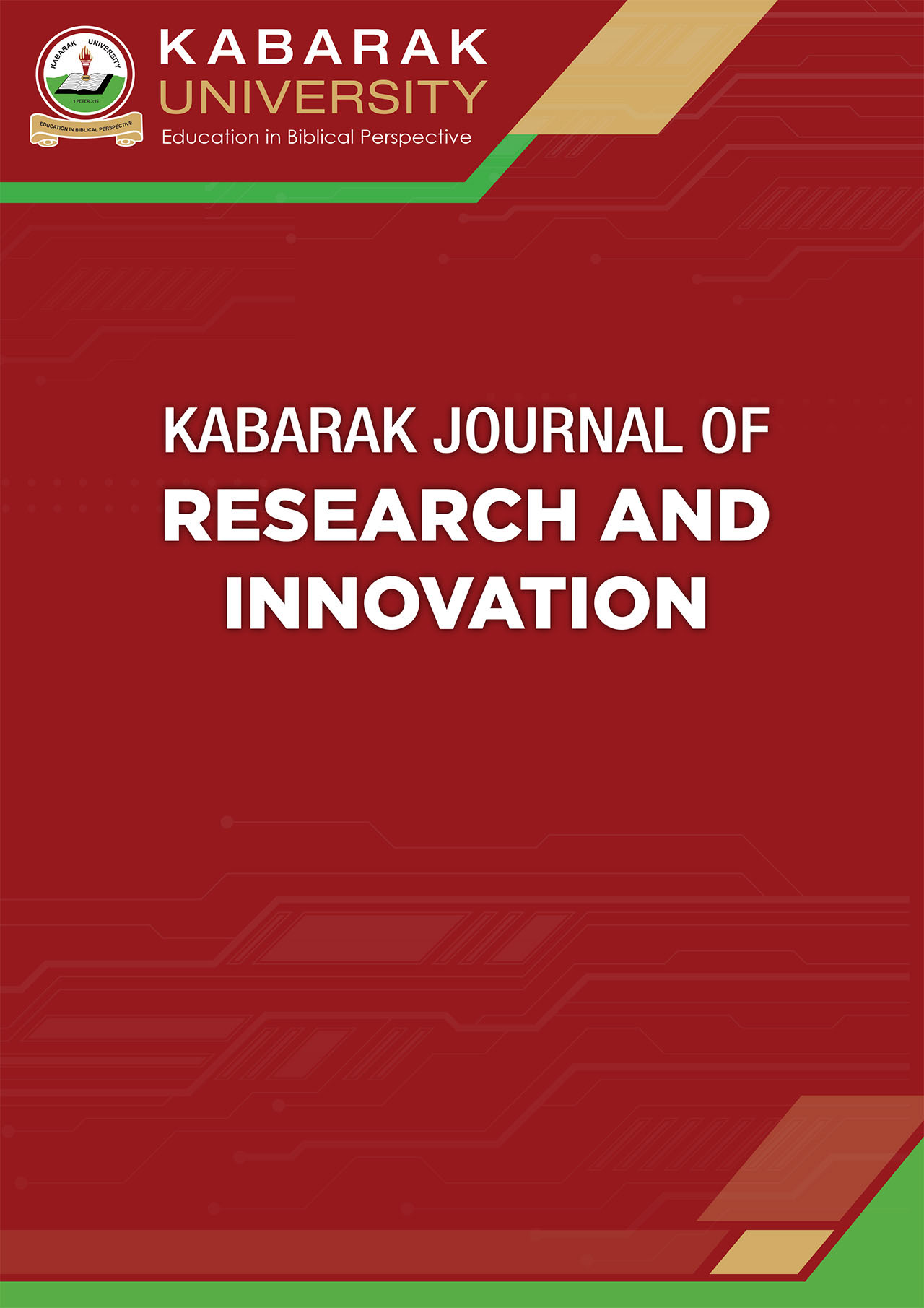Compliance to Food Hygiene Practice Standards Among Food Handlers in Selected Restaurants in Nairobi City County, Kenya
DOI:
https://doi.org/10.58216/kjri.v13i3.367Abstract
The already developed Kenya Standard - Hygiene requirements in food service establishments and catering operations KS 2573:2015 outlines food hygiene practice requirements for food service establishments including restaurants. The broad objective of the study was to evaluate compliance to food hygiene practice standards among food handlers in selected restaurants in Nairobi City County. A descriptive, cross-sectional study design was used. The study targeted 39 purposively and proportionately sampled restaurants and 316 food handlers in the selected restaurants in Nairobi City County. The dependent variables were implementation of HACCP system and food handlers’ food hygiene practice, and the independent variable was compliance to food hygiene practice standards in restaurants. Data was collected using interview guides and questionnaires. SPSS version 26 was used to analyze the data and these findings are reported in a descriptive manner. Qualitative method was used to analyze content from interviews for themes. Gaps were identified in food temperature control for high risk foods in all food handling stages. Low proportion of food handlers consistently reported good food hygiene practice in aspects analyzed under food time and temperature control. The study recommends monitoring capacity strengthening by Public Health Inspectorate to ensure food hygiene practice standards required in restaurants and among food handlers is adhered to.
Downloads
Downloads
Published
How to Cite
Issue
Section
License

This work is licensed under a Creative Commons Attribution 4.0 International License.
The Kabarak Journal of Research and Innovation (KJRI) provides immediate open access to all its published content. This is in line with our commitment to making research freely available to the public, supporting a greater global exchange of knowledge.
All articles are published under the Creative Commons Attribution 4.0 International License (CC BY 4.0). This license permits unrestricted use, distribution, and reproduction in any medium, provided the original author and source are properly credited.
Readers are free to read, download, copy, distribute, print, search, or link to the full texts of articles without asking prior permission from the publisher or the author.


